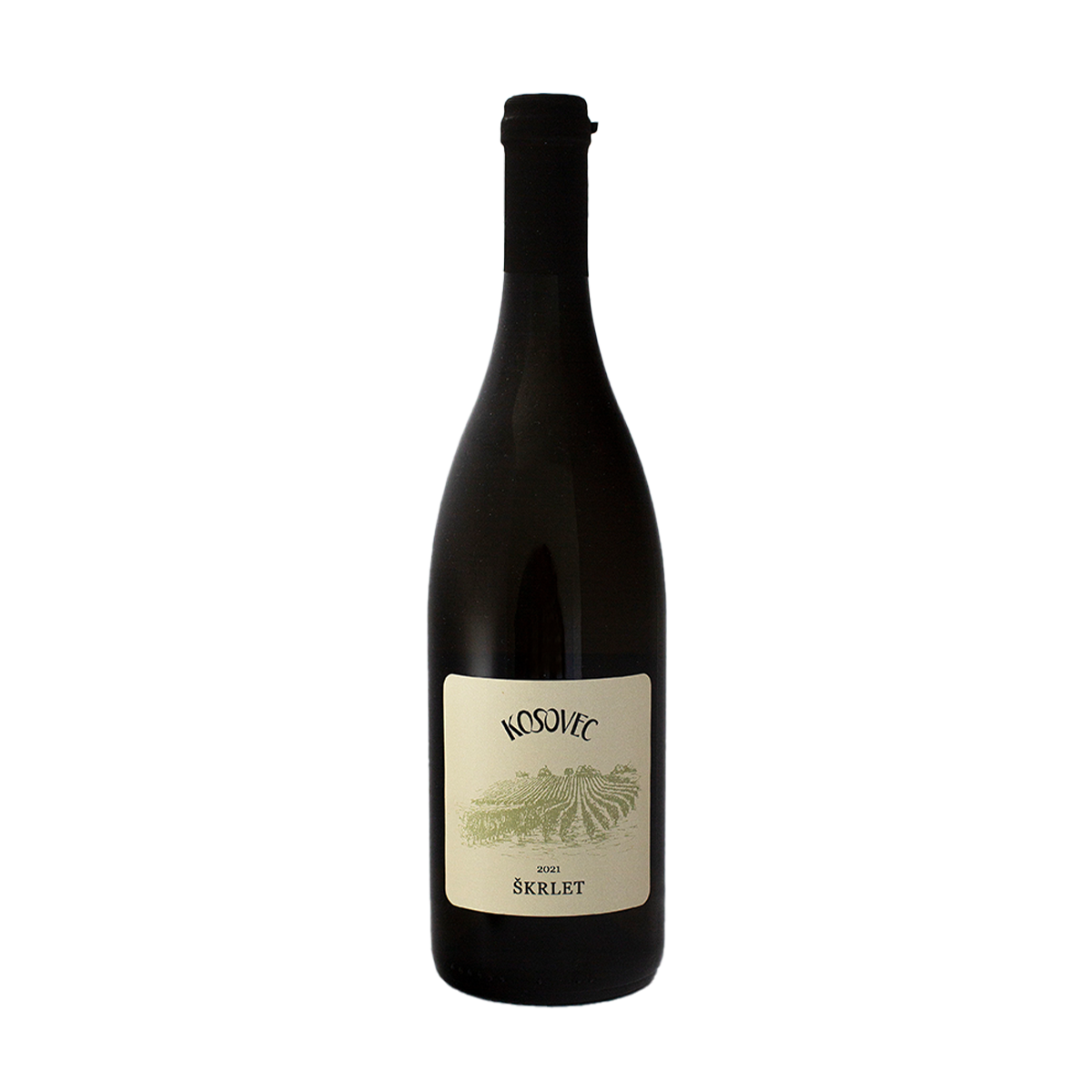Kosovec







About
In a small rural village named Popovača, located in the Moslavina region about 60 kilometers southeast of Zagreb, lies the humble winery of Ivan Kosovec and his family. They own 3 hectares of vineyard (all planted in 2005) in one of the finest sites in the Moslavina region, with a total of 18,000 vines, which amounts to around 6,250 vines per hectare. The primary focus here is the indigenous varietal Škrlet, once nearly extinct and now only grown in the Moslavina region. Additionally, Ivan cultivates other varieties such as Chardonnay, Zweigelt, Frankovka (Blaufränkisch), and Pinot Noir.
The Kosovec family takes a maximum natural approach to viticulture. All vineyards are farmed organically, using only minimal quantities of copper and sulfur for fungal protection, without any synthetic pesticides, herbicides, or insecticides. They do not use any form of mineral or foliar fertilizers; instead, they rely on mature compost made on the estate from vine cuttings, hay, straw, and a mixed horse and cow manure.
In the cellar, winemaking focuses exclusively on the natural quality of the grapes and respect for the terroir, without any corrections or interventions in the grapes, must, or wine. There are no added selected yeasts, enzymes, or any other oenological additives or preparations, including fining or filtering. Any use of sulfur is kept to a minimum. With this philosophy, techniques, and approach, Ivan strives to create true, healthy, and terroir-driven wines that showcase the unique characteristics of their indigenous varietals, combined with their soil, vineyard site, and climate.
Ivan’s journey to becoming a winemaker began in high school when he helped his late grandfather in the family-owned vineyard of 300 vines and in the cellar. He took on chores such as mowing grass, pruning, washing barrels, racking wines, and harvesting—and of course, tasting! He quickly appreciated this work, enjoying the physical labor outdoors far more than the administrative occupations he saw his parents take on.
In 2003, Ivan attended oenology school in Istria. During this time, he and his family managed to purchase almost 4 hectares of pristine but neglected land at the top of a hill in Moslavina, 200 meters above sea level. This property included a small, neglected old traditional wooden house, which provided ideal conditions for vineyards and a cellar. From 2003 to 2005, the family spent time deforesting, cleaning, and cultivating the land in preparation for planting, which occurred in the spring of 2005. A total of 19,000 vines were planted across 3 hectares, including Škrlet, Chardonnay, Frankovka, Zweigelt, and Pinot Noir.
Like many ex-Yugoslav winemakers, Ivan was a first-generation winemaking professional and had to start from scratch, acquiring everything from tractors to vineyard tools and equipment. While at oenology school, Ivan learned much about modern winemaking; however, much of it did not resonate with him. He spent considerable time reading, studying, and contemplating organic viticulture and non-interventionist methods of winemaking.
In 2008, Ivan began working organically in the vineyard, resulting in extremely small yields but with no artificial fertilizers, insecticides, or herbicides. He focused on manual labor, ensuring meticulous attention to detail. In the cellar, he added nothing—wines were fermented naturally with indigenous yeasts, with no added enzymes or bacteria, no fining, no filtration, and only minimal SO2 when needed.
2011 marked Ivan’s first great vintage, where everything came together, and this philosophy has remained unchanged to this day. As he says, it will continue “as long as I am running the business because for me this is the only right way to make wine.”
More About ŠKRLET
Škrlet, also known as Ovnek (which means "little ram" due to the shape of its ripe grape cluster), is an indigenous white wine variety from the region of central Croatia, particularly Moslavina and other winemaking hills around the rivers Kupa and Sava (including Popovača, Kutina, and Ivanić Grad). The name has an interesting origin related to specific reddish dots on the side of the ripe grapes that face the sun, linking it to the German word for scarlet fever. Mentions of the grape can be traced back to Croatian newspapers from 1854.
The grape can be challenging to manage; it is prone to various issues related to weak pollination. While high yields can occur when pollination is successful, this is rare and requires significant vineyard work in the spring.
However, when cultivated appropriately, the wine produced is brilliant—typically bright yellow with an almost green hue. The highest-quality wines come from grapes that receive prime exposure on southern slopes, benefiting from ample sunlight during the summer. These grapes accumulate great ripeness and sugar in favorable vintages, while the acidity of Škrlet remains consistently high.
Wines
Location



